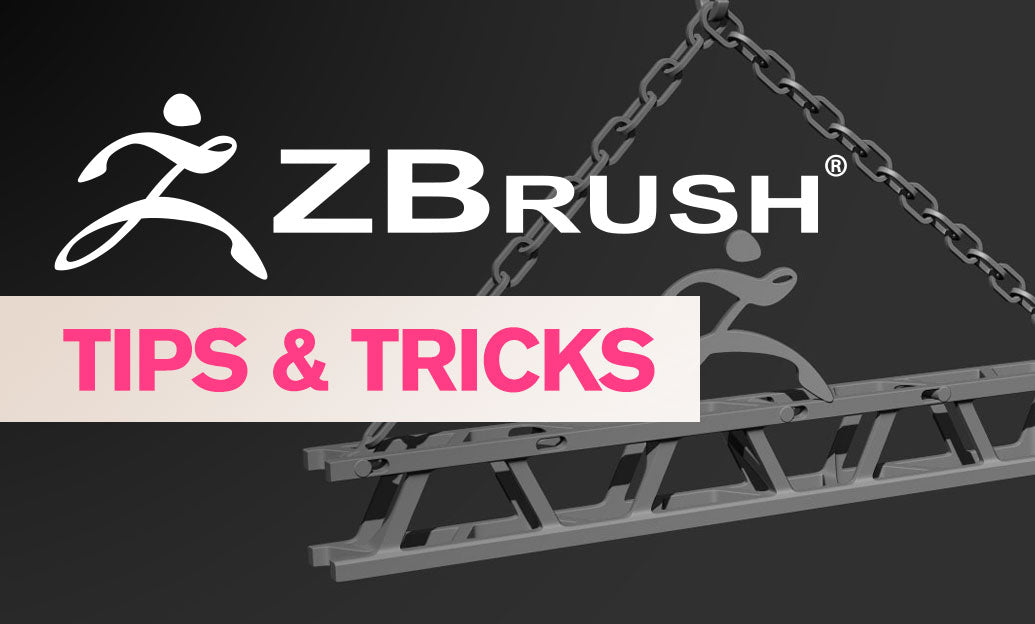Your Cart is Empty
Customer Testimonials
-
"Great customer service. The folks at Novedge were super helpful in navigating a somewhat complicated order including software upgrades and serial numbers in various stages of inactivity. They were friendly and helpful throughout the process.."
Ruben Ruckmark
"Quick & very helpful. We have been using Novedge for years and are very happy with their quick service when we need to make a purchase and excellent support resolving any issues."
Will Woodson
"Scott is the best. He reminds me about subscriptions dates, guides me in the correct direction for updates. He always responds promptly to me. He is literally the reason I continue to work with Novedge and will do so in the future."
Edward Mchugh
"Calvin Lok is “the man”. After my purchase of Sketchup 2021, he called me and provided step-by-step instructions to ease me through difficulties I was having with the setup of my new software."
Mike Borzage
Revit Tip: Mastering Materials and Textures in Revit: A Comprehensive Guide for Architectural Realism
June 11, 2024 2 min read

Understanding materials and textures in Revit can dramatically improve the realism and quality of your architectural models. Here's a comprehensive guide to help you navigate the intricate world of Revit materials and textures:
- Accessing Material Libraries: Revit comes with a rich library of materials. Access it through the Material Browser found under the Manage tab. You can also download additional libraries from sources like NOVEDGE.
- Creating Custom Materials: If the existing libraries don't meet your needs, create your own by duplicating an existing material and modifying its properties. Customize the color, texture, reflectivity, transparency, and bump maps to achieve desired effects.
- Importing Textures: Enhance the realism of your materials by applying texture maps. Import images for textures, or use tiling to repeat a small image to create a larger pattern.
- Adjusting Scale and Orientation: When applying a texture, ensure its scale and orientation match the real-world material. Use the UVW controls to adjust how the texture is mapped onto the geometry.
- Using Bump Maps: Bump maps simulate texture on surfaces by manipulating the surface normals. This can give the illusion of depth and detail without increasing the model's complexity.
- Reflectivity and Transparency: Control how light interacts with your materials. Adjust the glossiness for reflective surfaces and use transparency settings for materials like glass or water.
- Asset Browser: Complex materials can have multiple layers—each with their own textures and properties. Use the Asset Browser to manage these layers effectively.
- Material Takeoff: Revit allows you to extract quantity estimations based on the materials applied in your model. Ensure accurate material descriptions and quantities for cost estimation and procurement.
- Rendering: To review your material applications, use Revit's rendering capabilities to create photorealistic images. This can help in visualizing the final product and making adjustments before construction begins.
- Consistency: Maintain a consistent approach to naming and applying materials to facilitate collaboration and ensure continuity across your Revit project.
Mastering the use of materials and textures in Revit can take your architectural visualizations from good to great. Explore the wealth of options Revit offers and remember that resources like NOVEDGE can provide you with additional tools and materials to elevate your designs. With practice and experimentation, you'll be able to create stunning, lifelike representations of your architectural concepts.
You can find all the Revit products on the NOVEDGE web site at this page.
Also in Design News

Cinema 4D Tip: Maximizing Efficiency and Creativity with the MoGraph Cloner Tool in Cinema 4D
September 14, 2025 2 min read
Read More
Bluebeam Tip: Optimizing Overlay Pages in Bluebeam Revu for Efficient PDF Comparison
September 14, 2025 2 min read
Read More
ZBrush Tip: Enhancing Realism of Fire and Flames in ZBrush Models
September 14, 2025 2 min read
Read MoreSubscribe
Sign up to get the latest on sales, new releases and more …


